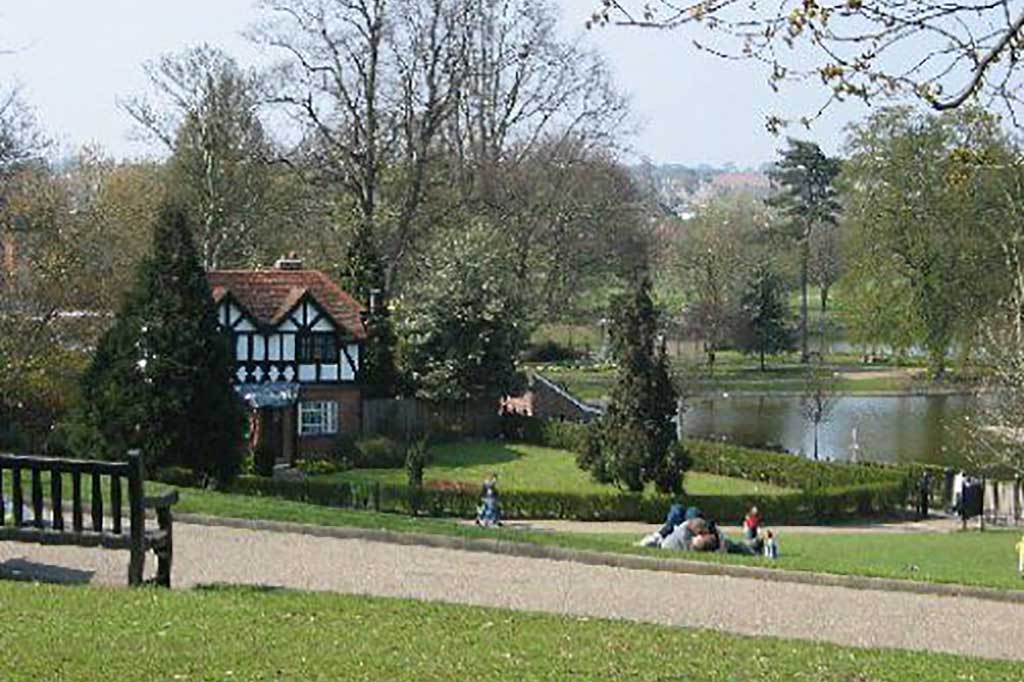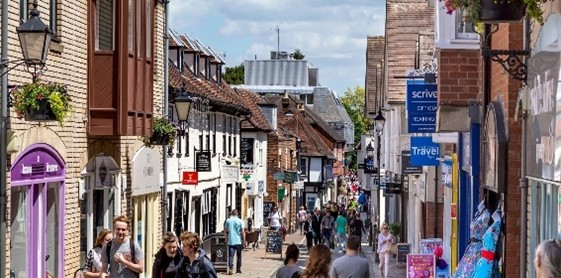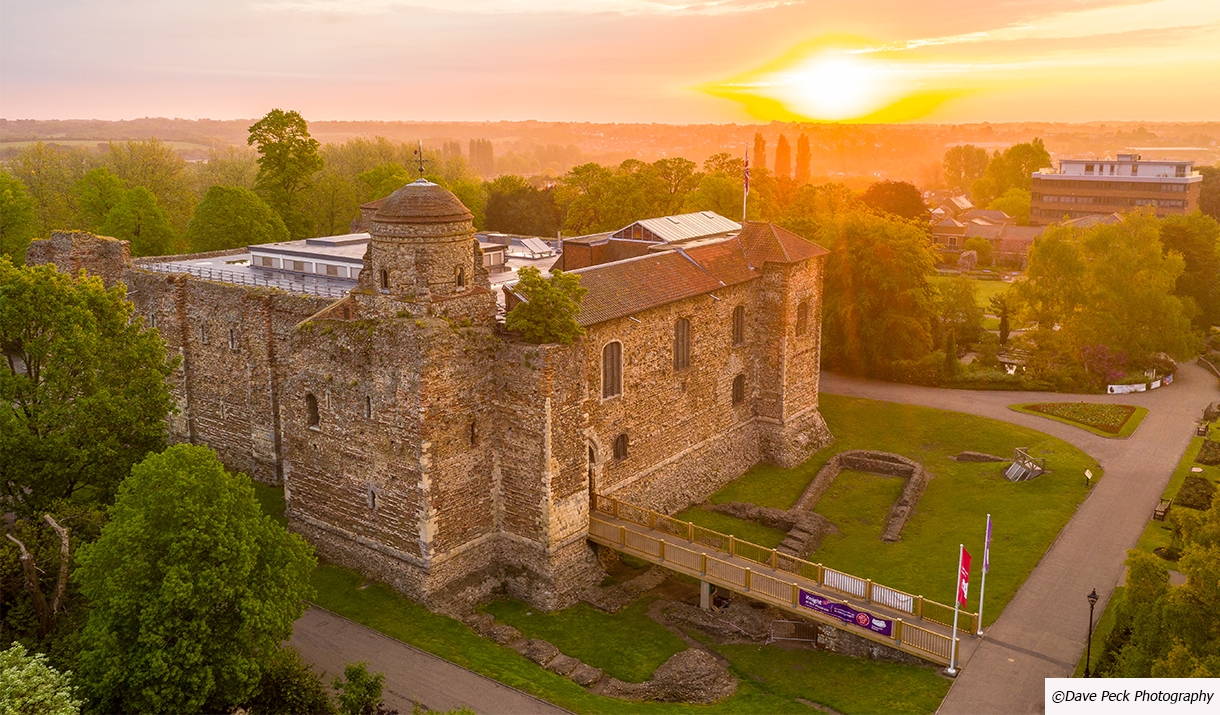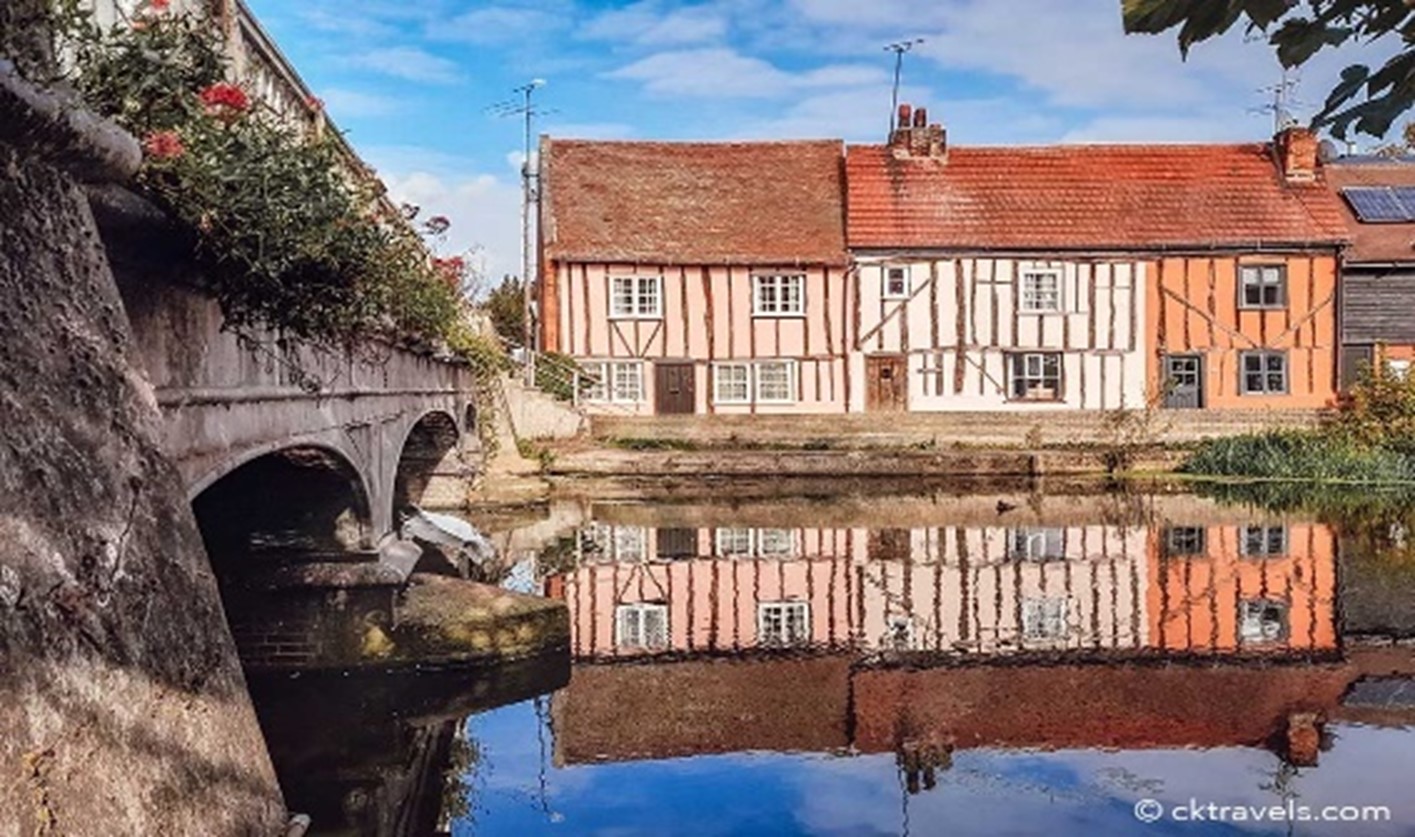University of Essex Campus at Wivenhoe Park (Colchester)
Wivenhoe Park
Wivenhoe Park is home to our Colchester Campus.
Wivenhoe Park is a striking landscape of more than 220 acres. Home to a range of plants and wildlife including some extraordinary and historic trees, this picturesque paradise can only be appreciated fully in person.
World-famous painter John Constable immortalised Wivenhoe Park in his 1816 painting which hangs in Washington DC’s National Gallery of Art. Much of the landscape is older still, from medieval oaks to the grand Wivenhoe House of 1758.
Today, the campus comprises 18 major habitats, with many notable species among its 2,800 trees. Our three artificial lakes provide homes for carp, cormorants, and kingfishers, while 220 acres of grounds support much more fauna, flora, and fungi.
Our tranquil parkland home has been voted one of the top ten green spaces in the UK, in the People’s Choice Award – the only university to receive this award over the last 4 years consecutively. Thanks to the caring stewardship of our Grounds team, we are also the proud winners of our sixth Green Flag Award, the only university campus to achieve this prestigious honour.
Sustainability is a core priority for the University. To preserve Wivenhoe Park for the future, our Grounds team is introducing new wildlife areas, reducing chemical fertilisers, and developing a dedicated green space policy.
Wivenhoe park is the perfect place for long walks, exploring natural habits, or losing yourself in tranquillity.
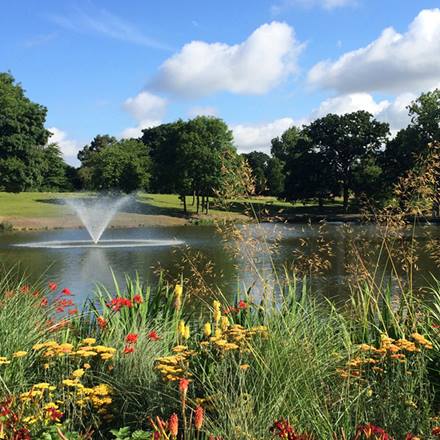
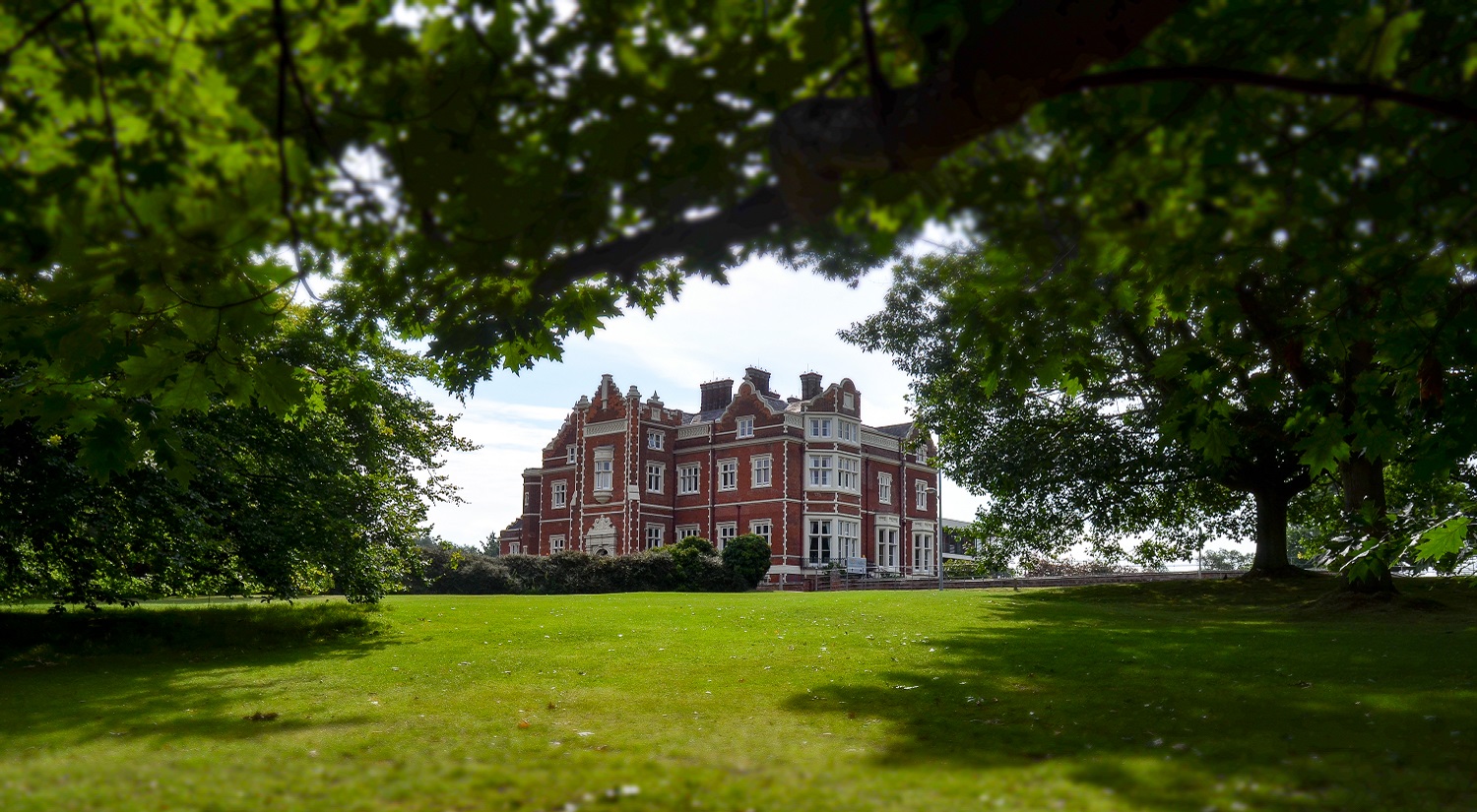
Colchester City
Colchester is Britain’s first city (oldest recorded town). There’s evidence of the city’s existence by 79 AD (even before Londinium). Founded by the Roman Emperor Claudius during the conquest of Britannia, the town grew into a prominent city during the Roman Britania era. Notably, the city is renowned for the enduring remnants of a Roman wall that still encircle the town center to this day.
There are remains of roman civilization all around the city, including the remains of a roman circus for (Ben-Hur style) quadriga racing, for 5,000 spectators.
Colchester is also known for its castle, which was first a roman temple and then turned into a castle fortress by William I, the conqueror, after the Norman conquest of England.
The old town, located near the British coast of the North Sea and a navigable river, became a frequent battleground between Scandinavian Vikings and the local Anglo-Saxons in the 9th and 10th centuries. These historical events have been immortalised in the ‘Vikings’ TV series. The Castle Museum showcases some remnants of the Viking invasions.
Colchester was also an important site of conflict during the English civil war, especially for the so-called ‘Siege of Colchester’, which ended up the last remnant of support for the royalist in south England after one of the most prolonged sieges in British history. Today, traces of the siege can still be observed in certain historical houses.
The iconic britpop band Blur are originally from Colchester, uhhh ohhhouu! ♫
